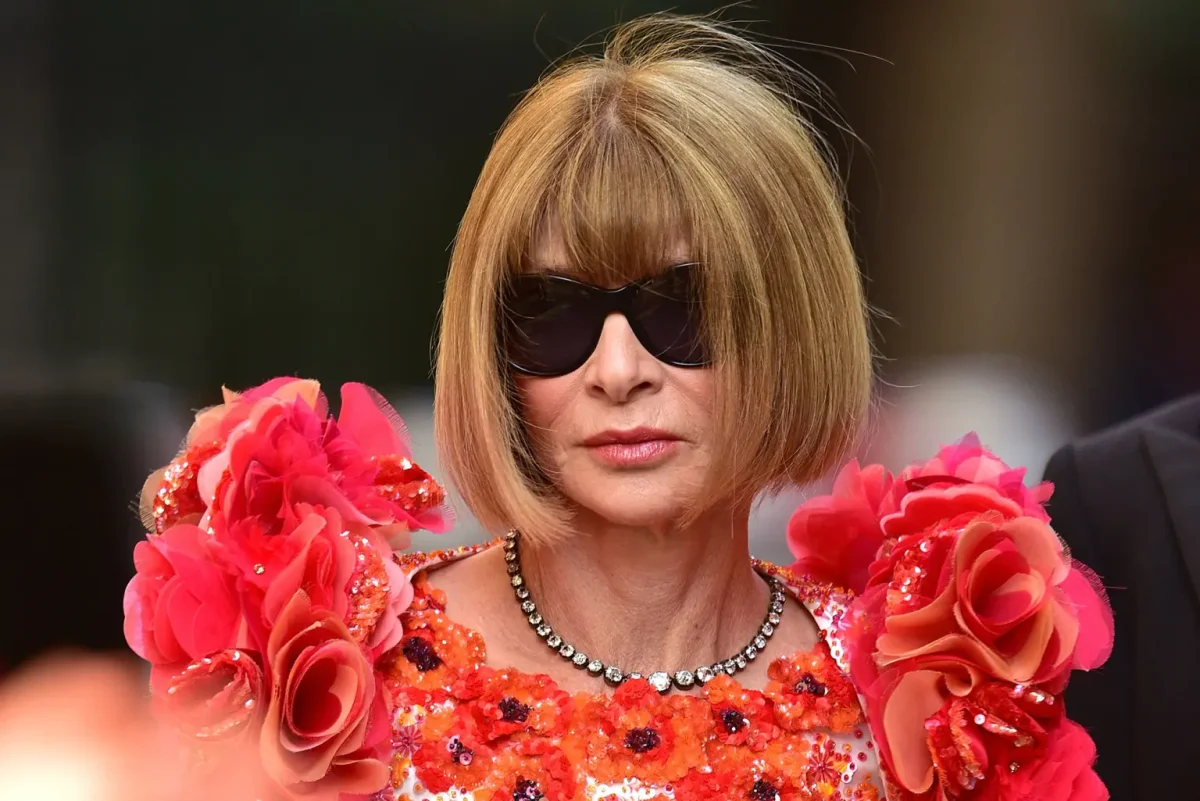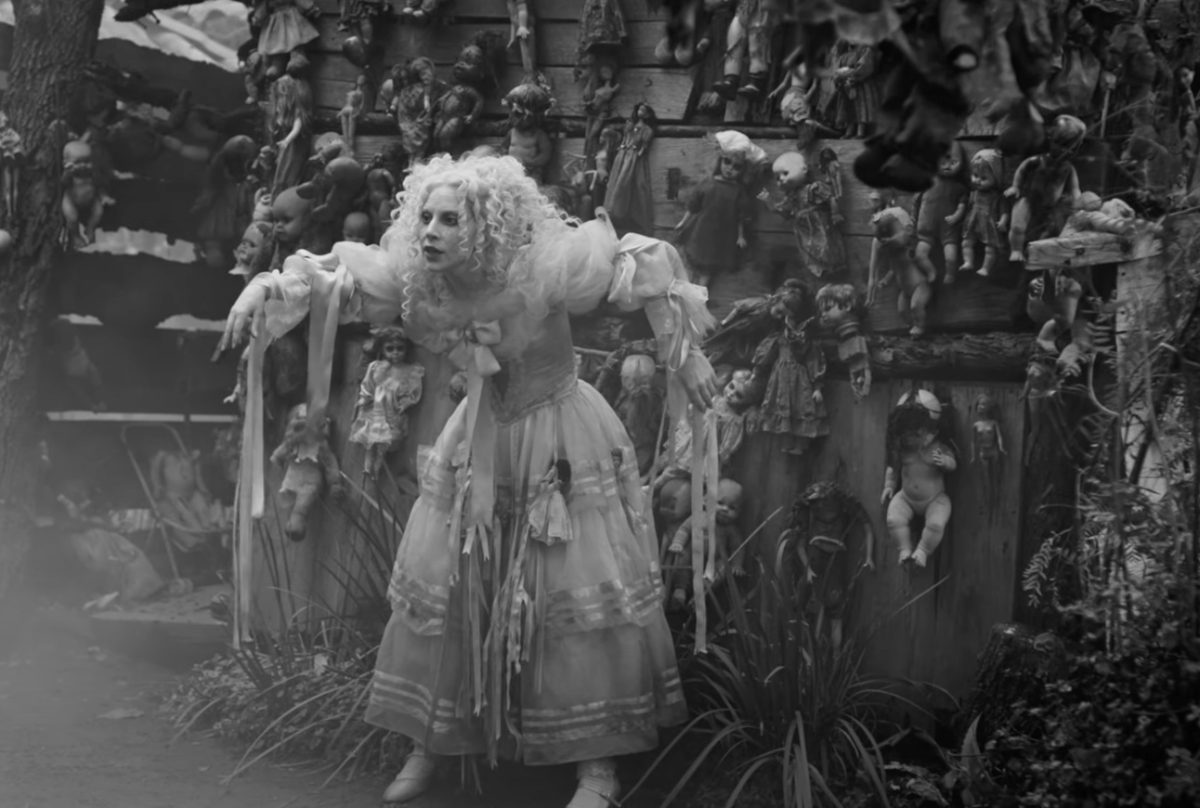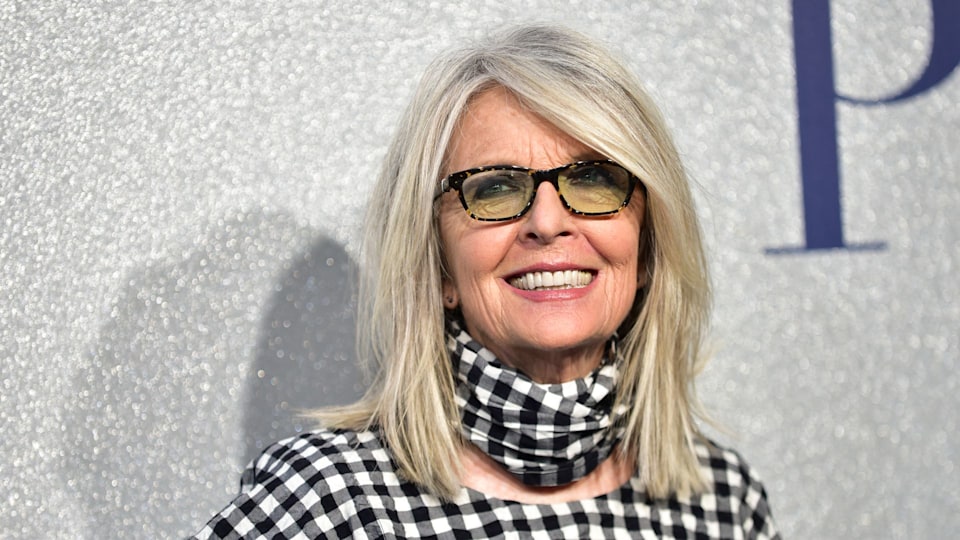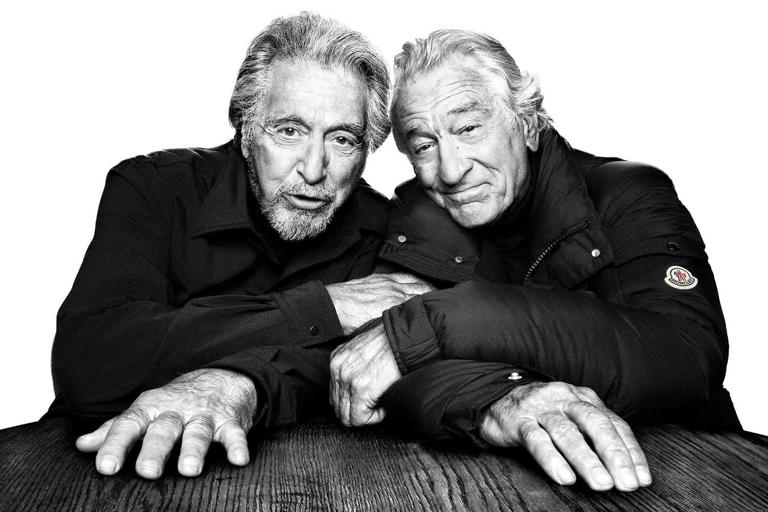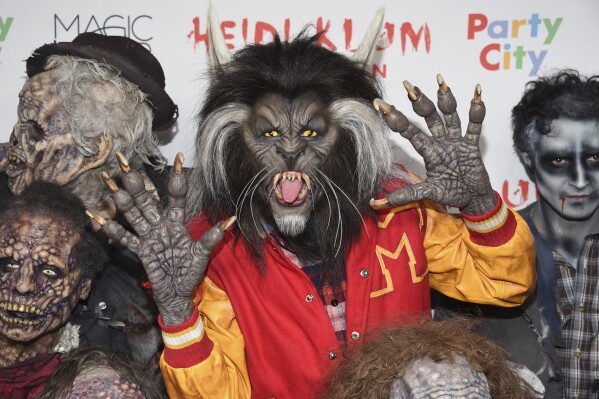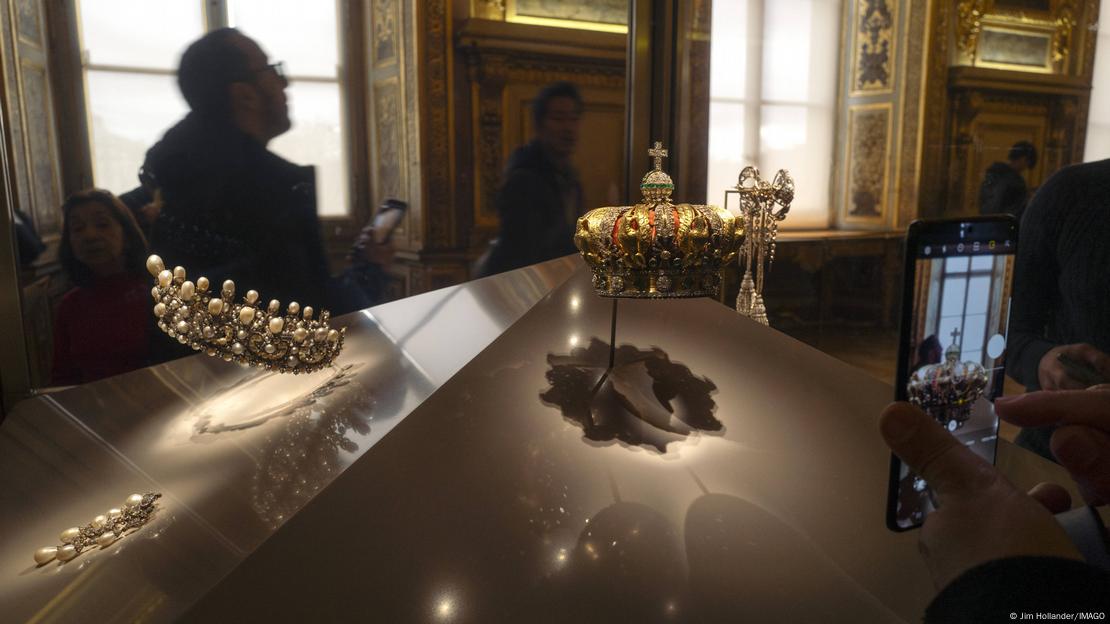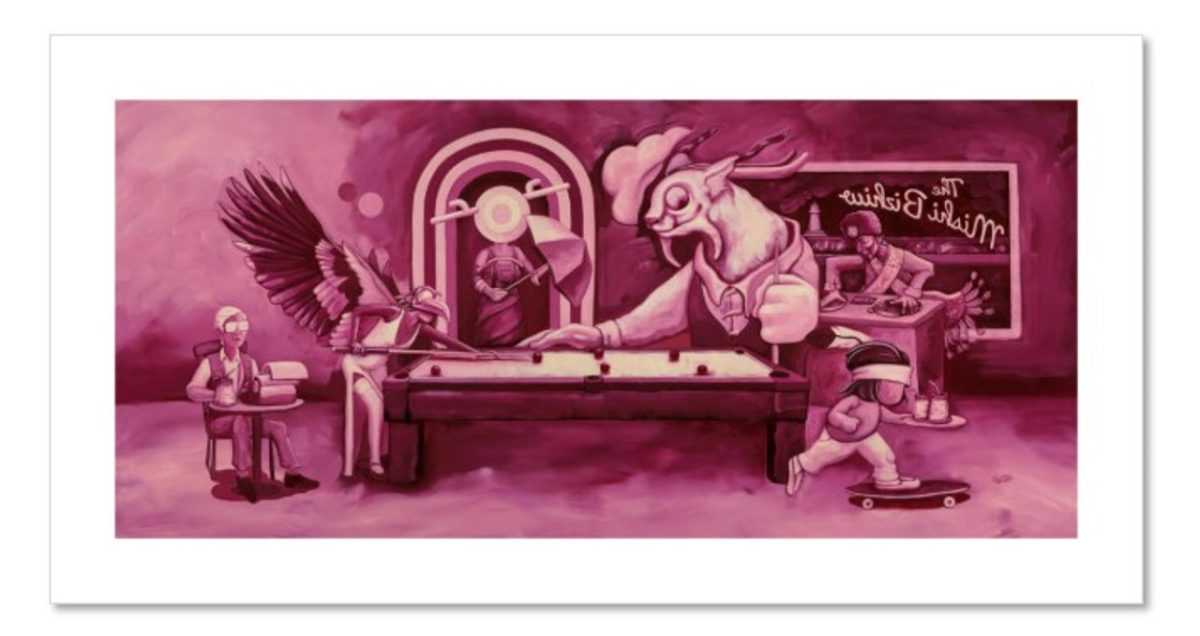Gird your loins — Anna Wintour announced in late June that she will be concluding her editor-in-chief position at American Vogue, making room for a new generation of talent.
The mysterious woman with the blonde bob, dark sunglasses and Chanel suits is not only a formidable fashion legend, but also the face of the fashion bible.
Throughout her 37 years at Vogue, she became known for her relentless work ethic, groundbreaking changes to the brand and sharp decisiveness. Under her direction, Vogue quickly became the most reputable fashion publication in the industry, synonymous with ferocity and competitiveness.
Wintour began her career in 1988, succeeding former editor-in-chief, Grace Mirabella. Her first cover featured Israeli model Michaela Bercu in $50 Guess jeans paired with a $10,000 Christian Lacroix sweater, photographed by Peter Lindbergh. It marked the first time a casual look appeared on the cover, showcasing Wintour’s ability to combine high and low fashion.
Before her arrival, Vogue covers were glamorous, perfectly polished and held little room for flaws. It was a fantasy created for individuals to strive toward—a bombshell look featuring objectively beautiful models of the time. Wintour changed that.
She brought accessibility, edge and street-style. She gave the everyday individual the ability to replicate looks. It was not only the fashion that marked this shift, but also the models. Originally restricted to professional models such as Iman, Janice Dickinson and Christie Brinkley, she began including more controversial celebrities like Kim Kardashian.
In the early 2000s, rumors swirled around her cutthroat attitude in the workplace. She quickly amassed nicknames such as “Nuclear Wintour” and “The Ice Queen”, aligning with her instinct for incompetence — firing those beneath her standards in a flash. Such accusations typically came from past interns and staff.
Lauren Weisberger’s 2003 novel, “The Devil Wears Prada,” based on her experience assisting the fashion pope herself, became a New York Times bestseller and was adapted to film. Meryl Streep portrayed the fashion sensation, Miranda Priestly, while Anne Hathaway, Emily Blunt and Stanley Tucci rounded out the cast. Perhaps the most popular fashion movie of all time, Miranda Priestly is authoritative, intimidating, calculating and highly feared by her entire staff.
Behind her sly remarks and eye-opening commentary, there is a woman who executes her job better than anyone else. That woman is Anna Wintour.
Within nearly four decades, Wintour fabricated an exceptional brand. Aside from her physical appearance, Wintour always remained a discreet figure over all of these years, a trait which is a lost art in today’s tech-frenzied world. However, when she did speak, everyone listened. Not only for her words, but for the next trend. As mentioned by countless celebrities, no one walks down a Met Gala carpet without an approval from the queen herself.
Apart from her resignation, Wintour will remain chief content officer at Condé Nast and global editorial direction of Vogue. So the question remains: Who will be the next head of editorial content? Her successor has not been confirmed, but speculation points to Chioma Nnadi, current editor-in-chief of British Vogue. Several sources, including New York magazine, believe Wintour will choose from within the Vogue or Condé Nast families.



